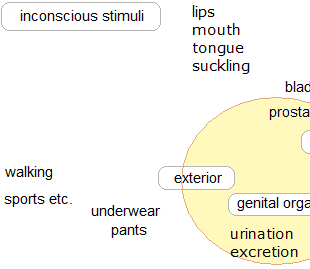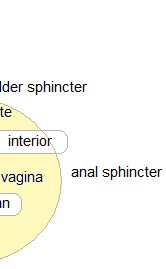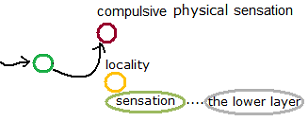The Kuriki method (the first edition in 2007) is a theory about Tourette’s syndrome (tic disorder) and obsessive-compulsive disorder to cure these diseases without medication. This theory is based on the author’s inference and interpretation regarding the structure of these diseases. Since it has been written for the psychoanalysts, reading will be difficult for people in general and it might be sometimes read erroneously. Therefore the Kuriki method must presuppose that the patient is treated by a nearby psychoanalyst, and that, between the patient and the Kuriki method, there is always the psychoanalyst. The explosion of emotional catharsis, which has strong repercussions, is done only for three seconds, once a week: beyond this rhythm, it would be an accident caused by negligence, and the psychoanalyst who is inexperienced in emotional catharsis must take responsibility for the temporary mental collapse caused by the accident. Also, to the patient who has weak capacity of logical reasoning, the psychoanalyst must explain well on the violent emotion of revenge caused by the illusory confusion between the person of the traumatic image in his head and the person in the real world.
Cure for Tourette’s syndrome (tic disorder) and OCD without medication
§26


The three types of the objects of KV (bodily repression) in the upper layer of tic disorder.
1. Primitive repressed sensations §26
2. Indefinite repressed sensations §27
3. Recursive repressed sensations §28
KV (bodily repression) is not a cause of neurosis, but it is a symptom of neurosis.
1. Primitive repressed sensations;
In the first phase of the disease in early childhood, the upper layer of tic disorder is a repression of just a specific part of the body.
The principal repressed sensations at libidinal level.
• Mouth (lips, tongue, mouth sphincter, etc.).
• Anal sphincter
• Bladder sphincter
• Genitals (sensation of all day long by the contact with underwear)
Those are sensations of the tension of the sphincters and the cutaneous contact throughout the day. Also, we consider the individual differences in primitive sensations that can exist exceptionally on other parts of the body. Very small children have not finished the localization of sensations on the body yet. The anus, the bladder and the genitals can be identified in an undifferentiated state, and these sensations are likely to be grouped and perceived as a sensation of the abdomen.
For example, sexual and genital disagreeable judgments of everyday life about the body of someone in the family are repressed, and a mass of emotion will be formed. The lower layer of tic disorder is the repression of the mass of emotion. The means of this repression is the upper layer. The upper layer is the mechanism of repression of disagreeable bodily sensations, and the means of this repression is the « compulsive intramuscular sensation » of tic disorder. At the libidinal level in the Unconscious, the traumatic image and the primitive sensations are contiguous. KV (bodily repression) is a physical mechanism to avoid disagreeable bodily sensations as objects of the Conscious. This condition in which the bodily Unconscious avoids primitive sensations is a symptom of neurosis. It is not a cause of neurosis. It would be an error, if readers considered that the cause of tic disorder was the unconscious avoidance of primitive sensations.

